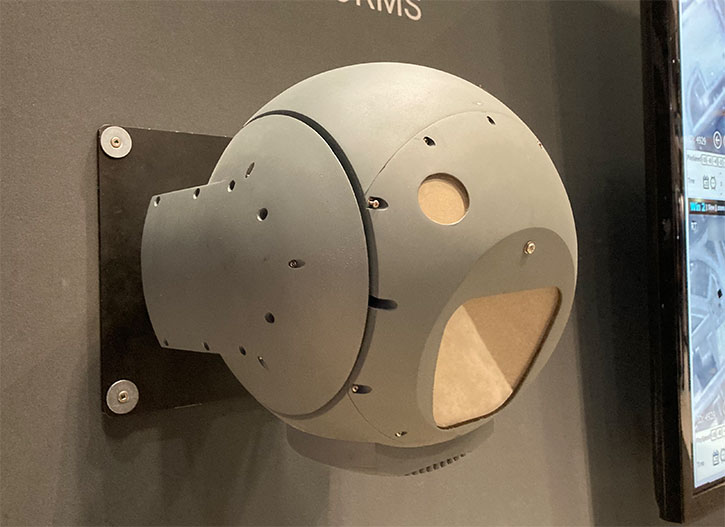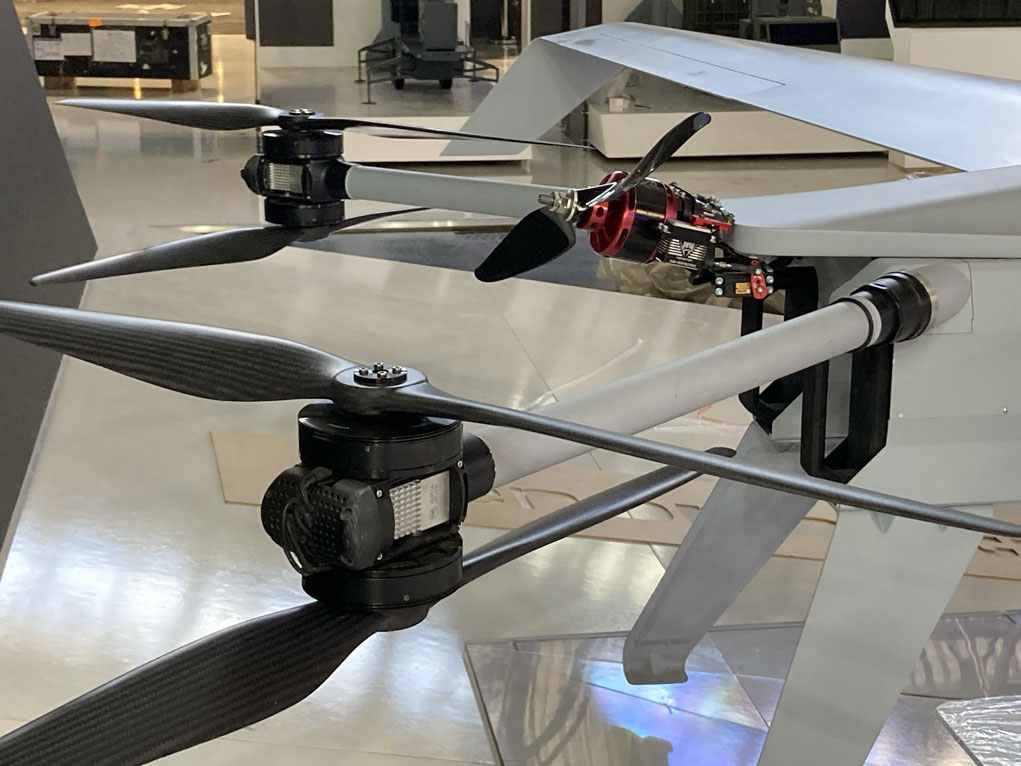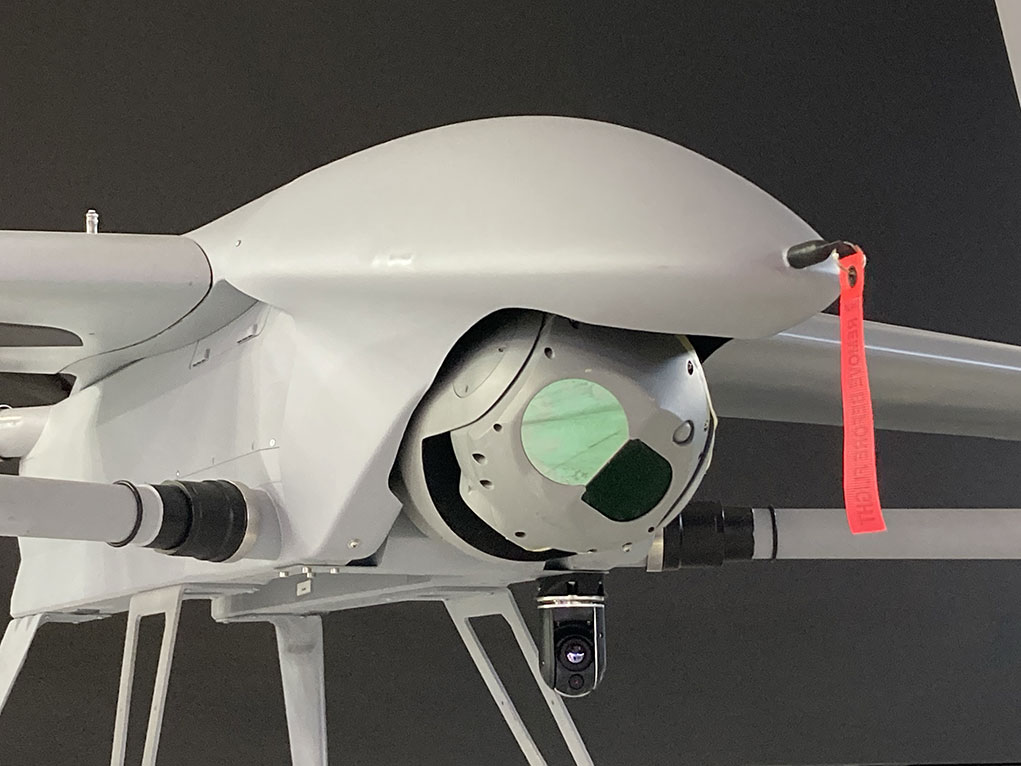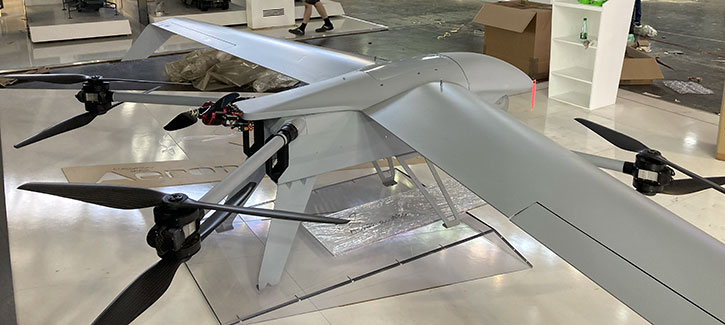The German Armed Forces have recently fired a shipboard laser weapon against aerial targets. At the test the German frigate Sachsen successfully engaged drones at a short and very short range. The test took place in the Baltic Sea near Putlos Major Training Area on August 30th, 2022. The high energy laser (HEL) weapon demonstrator paves the way for future naval weapon systems defending ships against drones and drone swarms as well as engaging attacking speed boat swarms at close and very close range. The technology is scalable to deliver higher output power, enabling it to destroy guided missiles and mortar rounds.
Testing of the high-energy laser weapon will continue until mid-2023. In subsequent test campaigns, new scenarios will challenge the demonstrator’s capabilities. The results will determine what still needs to be done on the path to a fully functional, operational laser weapon.
The laser weapon demonstrator was developed by the German ‘High-Energy Laser Naval Demonstrator working committee’ (“ARGE”), consisting of MBDA Deutschland GmbH and Rheinmetall Waffe Munition GmbH. The work was evenly divided between the two companies. MBDA Deutschland provided the target detection and tracking systems and the operator console and linked the laser weapon demonstrator to the command-and-control system. Rheinmetall was responsible for the high-energy laser source and peripheral systems – turret slewing and beam guidance delivered the demonstrator container and provided the mechanical and electrical integration of the demonstrator onto the deck of the Sachsen.

The integration and test phase started in November 2021 and concluded successfully with a factory acceptance test at Rheinmetall’s Unterlüß proving ground. The demonstrator was then installed onboard the frigate Sachsen in Kiel. In July 2022 the first test campaign took place in Eckernförde Bay near the Bundeswehr’s Technical Centre for Ships and Naval Weapons, Marine Technology and Research, WTD 71, in Surendorf. These trials verified the system’s sensors capabilities including the electro-optical sensor suite from the ARGE and the radar. In addition, the interplay between all the components and procedures in the entire operational sequence from target acquisition to engagement was put to the test. This final phase provided the opportunity to test the entire system, including the HEL, in multiple highly realistic engagement scenarios.
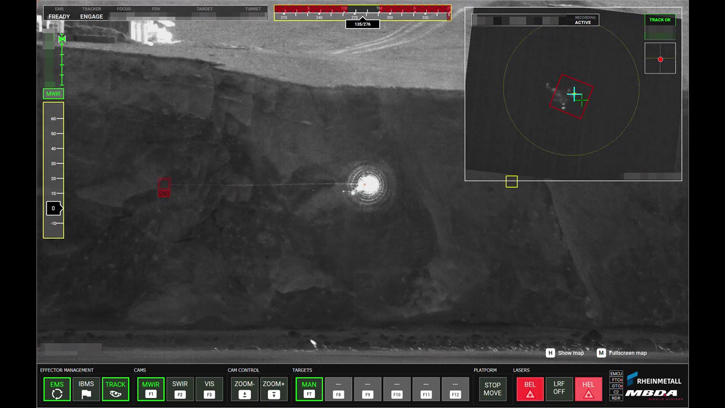
As part of a test campaign in October 2022, proof has now been provided that dynamic targets can be successfully combated under realistic conditions.
“Due to its capabilities, a future system is particularly suitable for combating small and agile targets, such as drones or speedboats, at close and very close range. Defense against mortar shells and guided missiles is also conceivable,” says the responsible project manager at BAAINBw. “These tests lay the foundation for the possible development of an operational laser weapon system for the German Navy.”
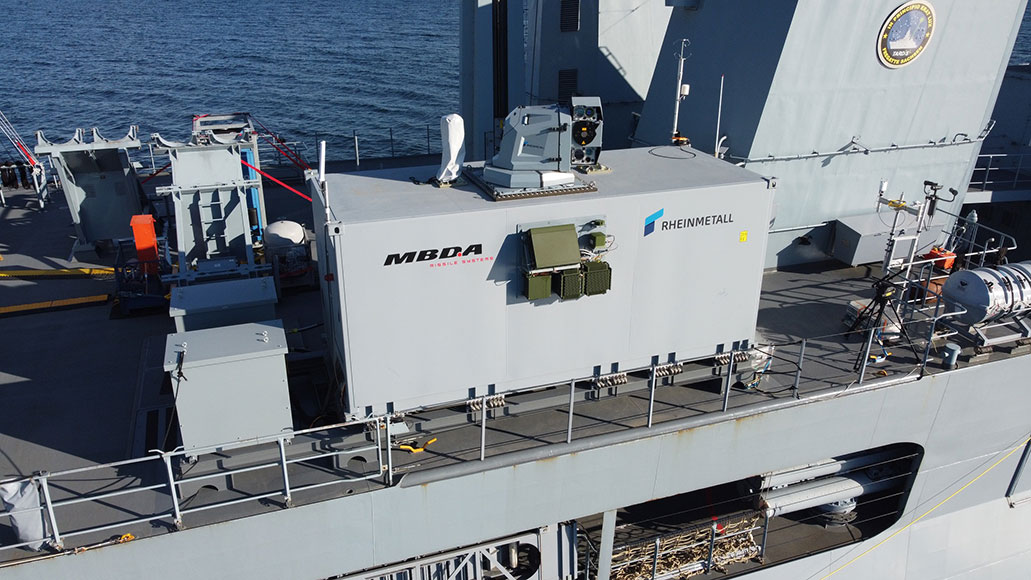




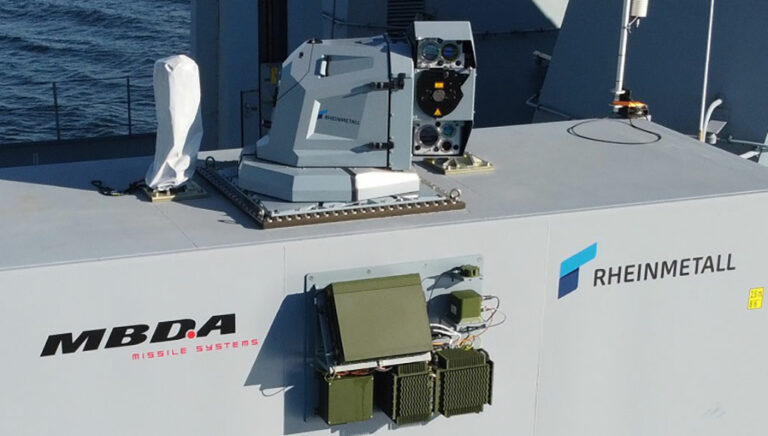
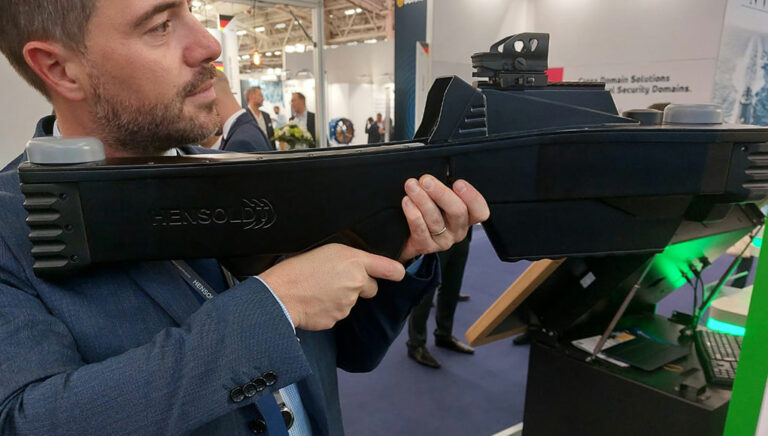
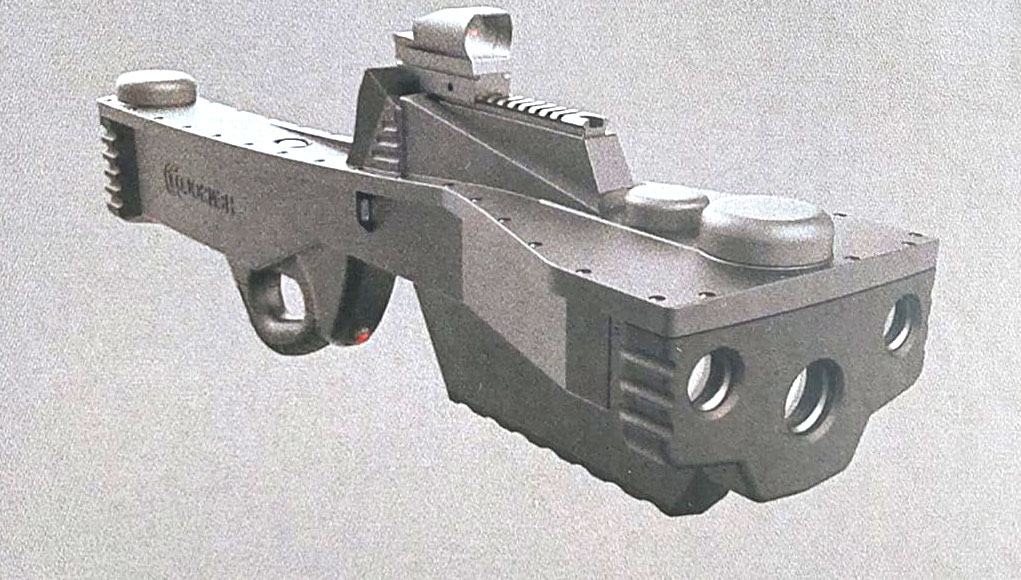

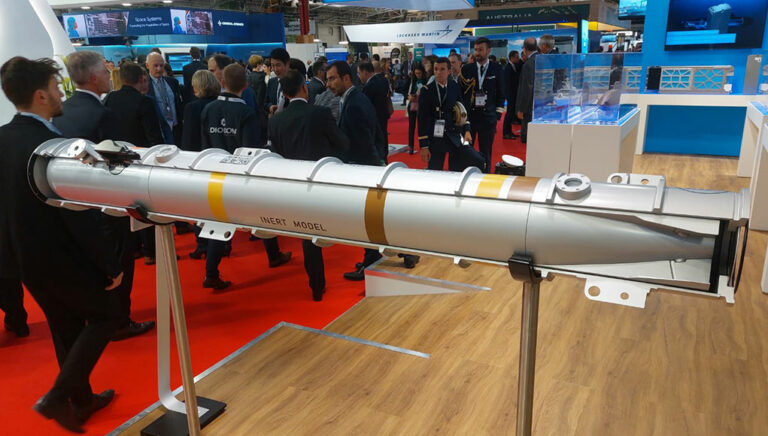
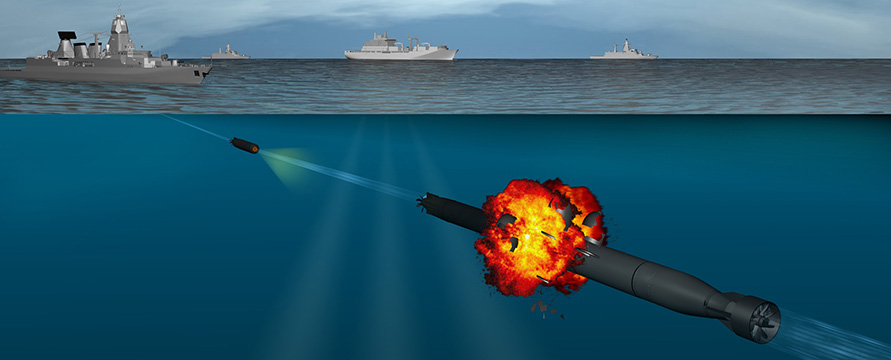 Updated May 2023: The torpedo threat is increasingly diverse. Heavyweight torpedoes differ in their propulsion types, the type and configuration of their sensors, and their guidance capability. Torpedo propulsion has seen great advances in recent years, with new records in range and speeds even for the “stealthy” electrically propelled torpedo. In sensors, the wake-homing torpedo is increasingly proliferated and fully impervious to legacy “softkill” torpedo defense technology. Digital torpedo-homing sonars provide high performance and are resistant to decoys and jammers. Wire guidance provides the “man in the loop” the capability to enhance torpedo performance and utilize advanced tactics. The most modern torpedoes combine these and other advances into the most dangerous threat to ships today.
Updated May 2023: The torpedo threat is increasingly diverse. Heavyweight torpedoes differ in their propulsion types, the type and configuration of their sensors, and their guidance capability. Torpedo propulsion has seen great advances in recent years, with new records in range and speeds even for the “stealthy” electrically propelled torpedo. In sensors, the wake-homing torpedo is increasingly proliferated and fully impervious to legacy “softkill” torpedo defense technology. Digital torpedo-homing sonars provide high performance and are resistant to decoys and jammers. Wire guidance provides the “man in the loop” the capability to enhance torpedo performance and utilize advanced tactics. The most modern torpedoes combine these and other advances into the most dangerous threat to ships today.
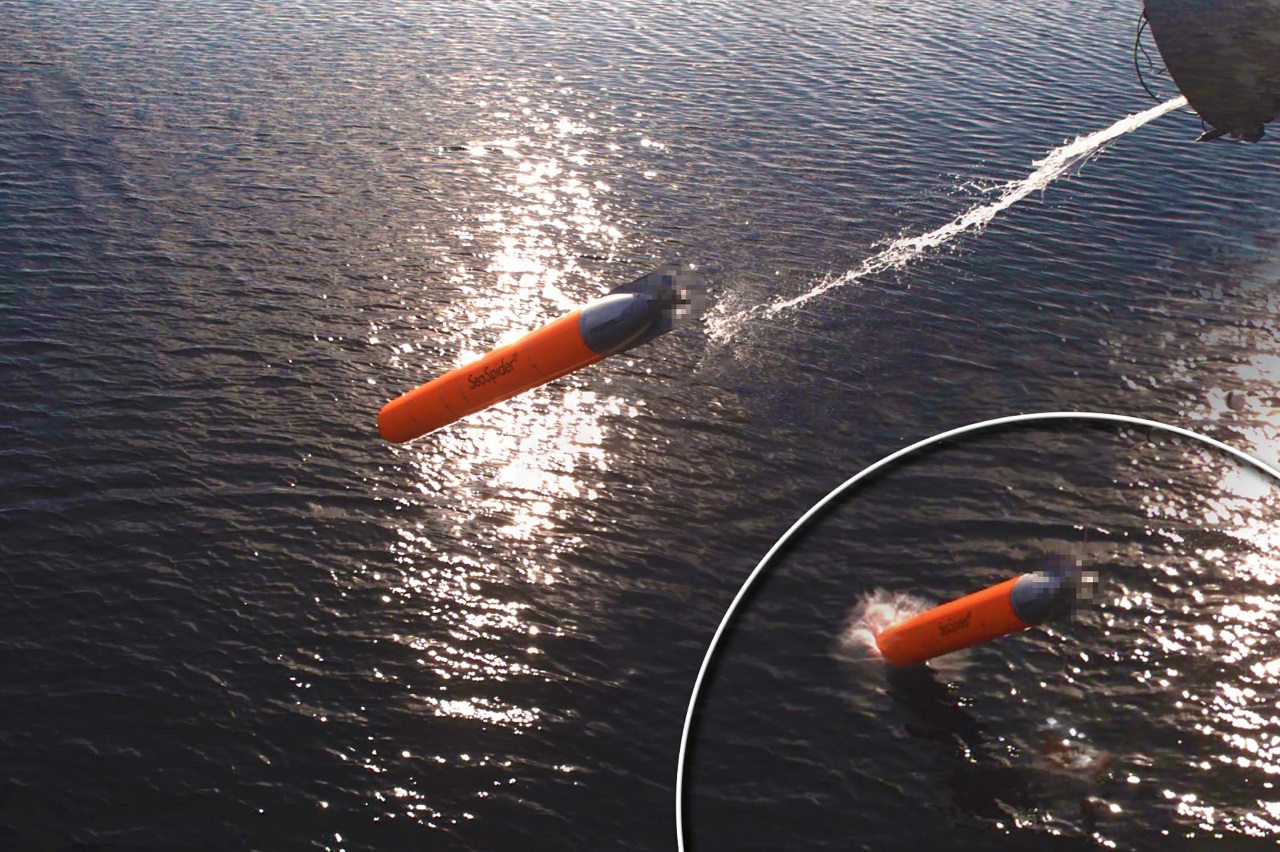
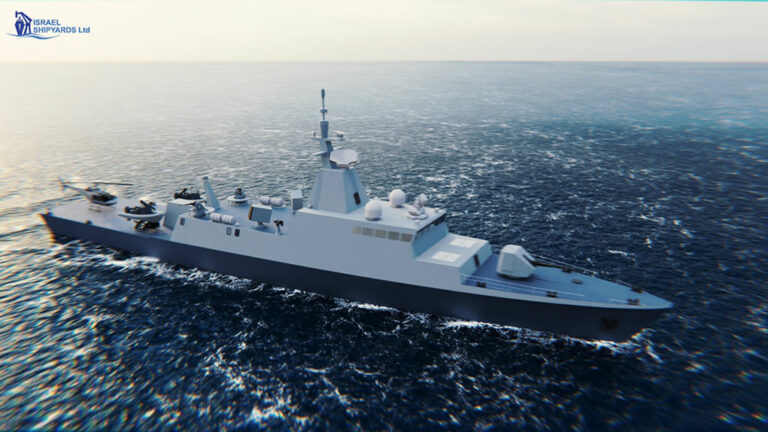
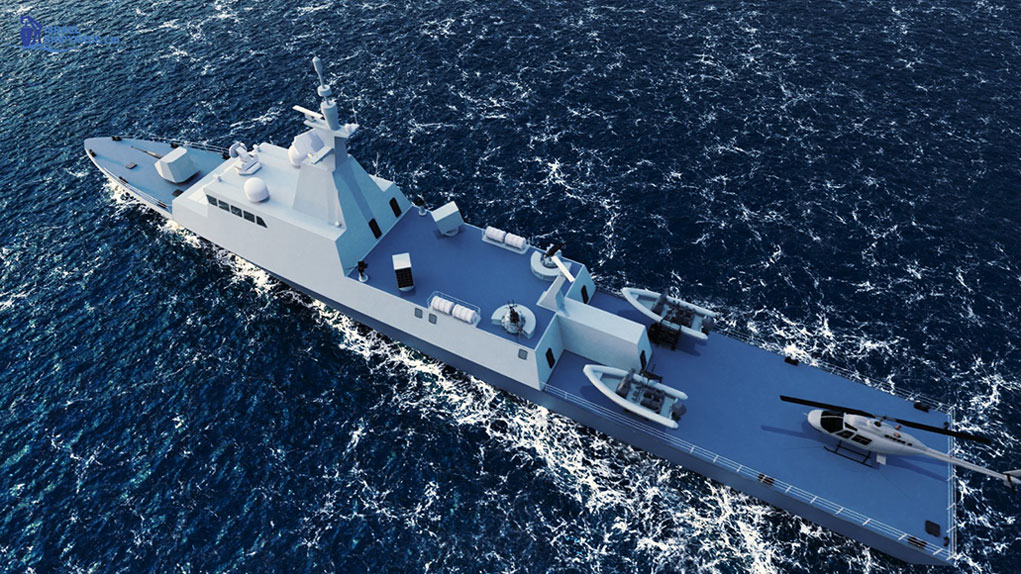

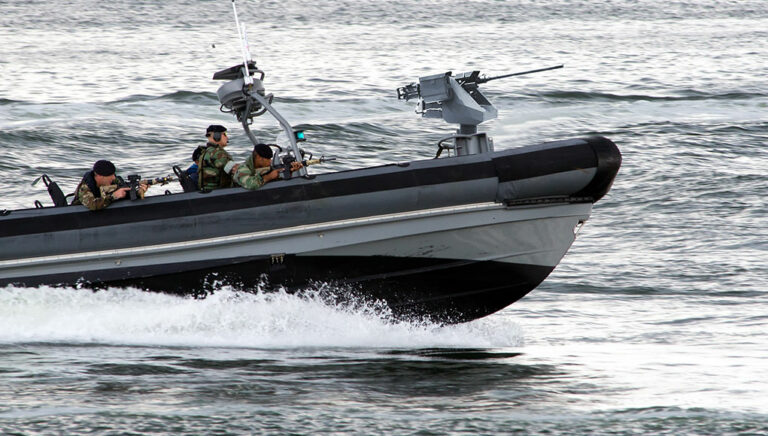
 Naval commandos rely on stealth and surprise to get close to the enemy, strike swiftly, and disengage. For these attributes, they rely on submersible vehicles or Rigid Hull Inflatable Boats – RHIB, small and fast boats, to bring them close to the target with the firepower they need. However, due to the size of these boats, naval commandos cannot use many of the sophisticated weapons employed on larger platforms. That is precisely where General Robotics’ new SHARK Remotely Controlled Weapon Station (RCWS) comes into effect.
Naval commandos rely on stealth and surprise to get close to the enemy, strike swiftly, and disengage. For these attributes, they rely on submersible vehicles or Rigid Hull Inflatable Boats – RHIB, small and fast boats, to bring them close to the target with the firepower they need. However, due to the size of these boats, naval commandos cannot use many of the sophisticated weapons employed on larger platforms. That is precisely where General Robotics’ new SHARK Remotely Controlled Weapon Station (RCWS) comes into effect.





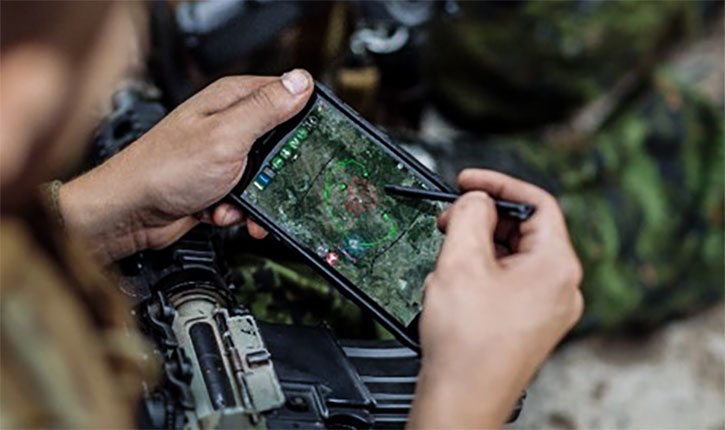
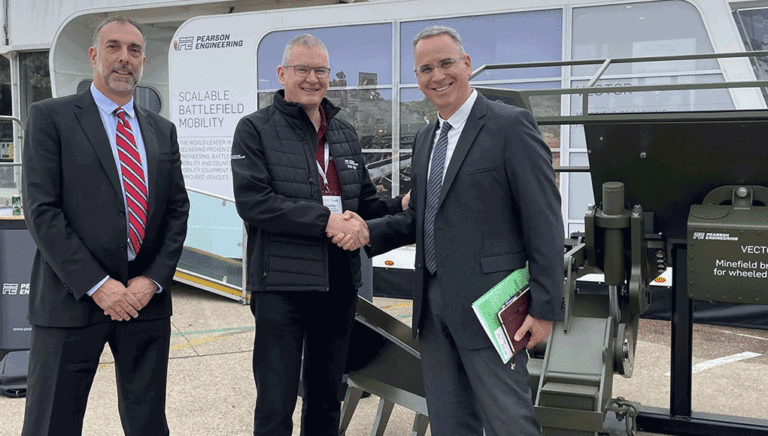



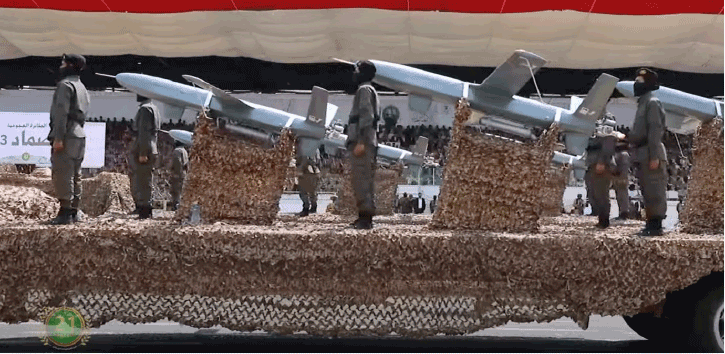






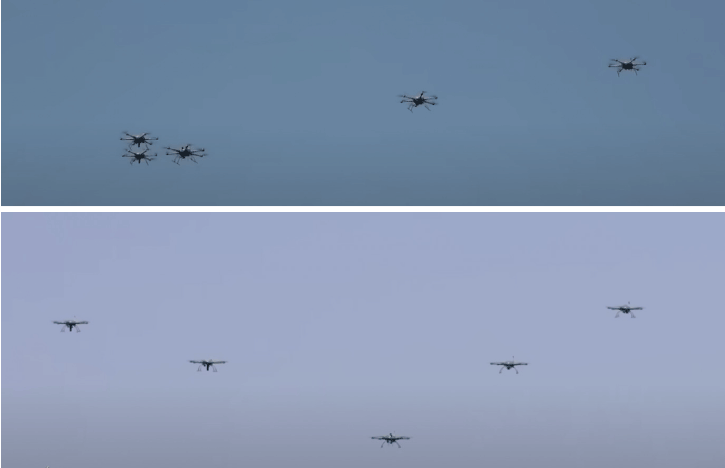


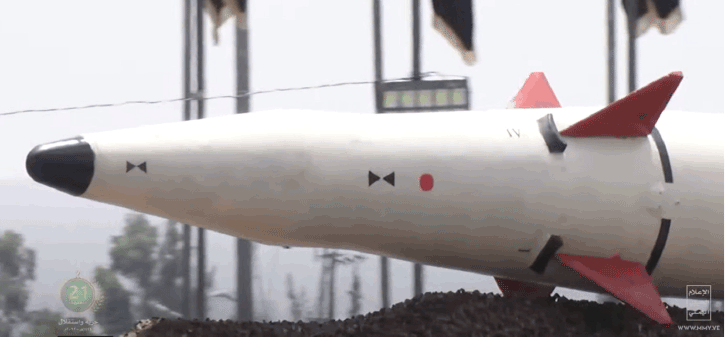
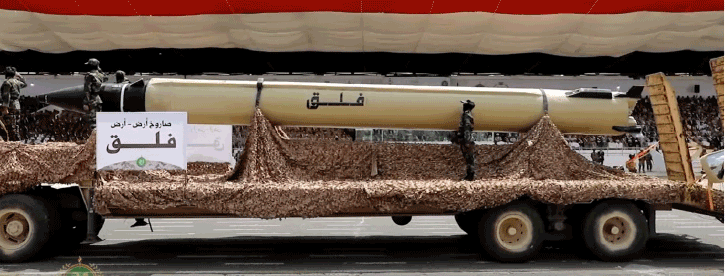
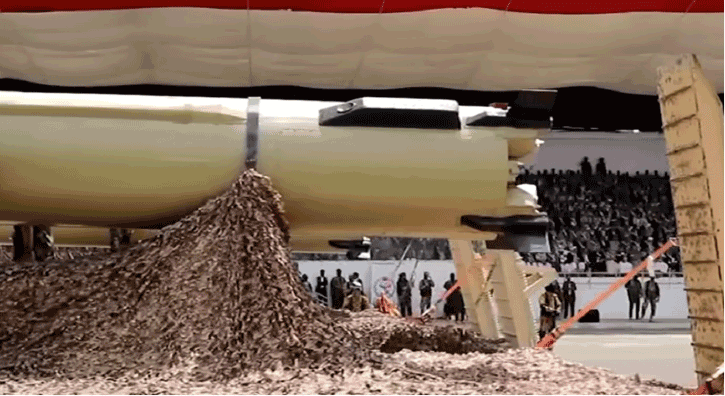
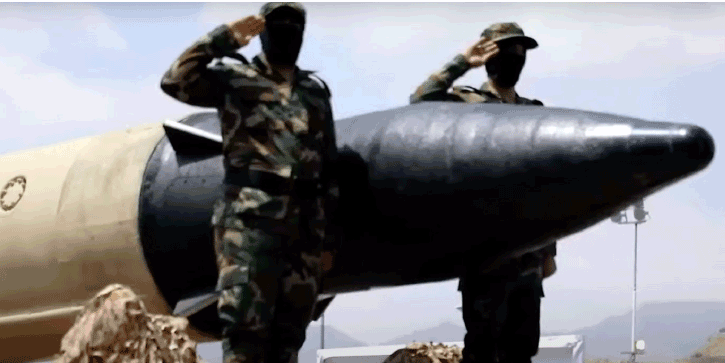
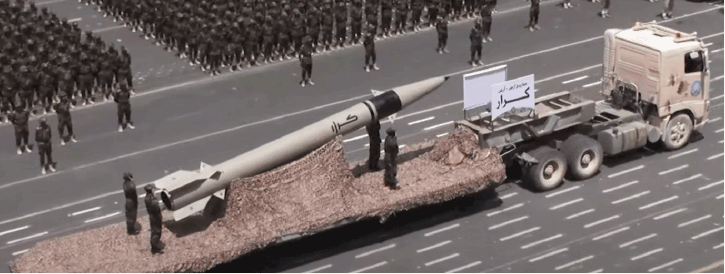

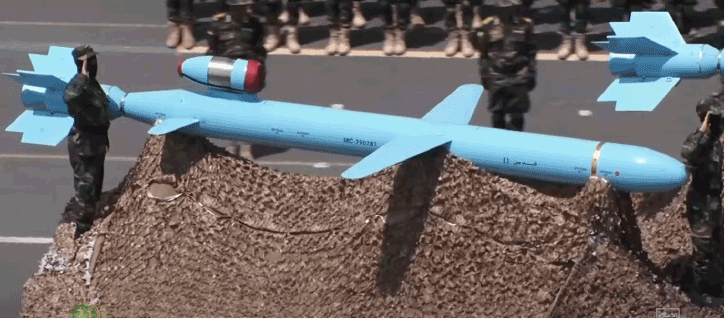

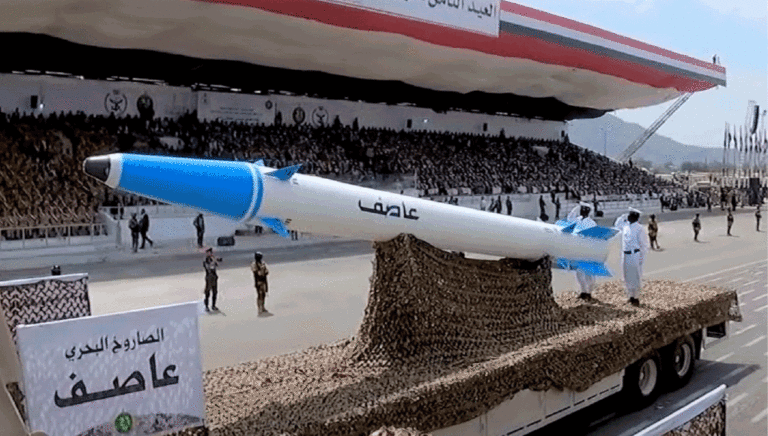
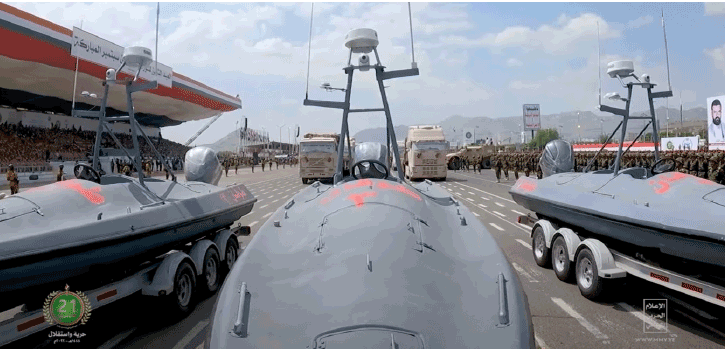
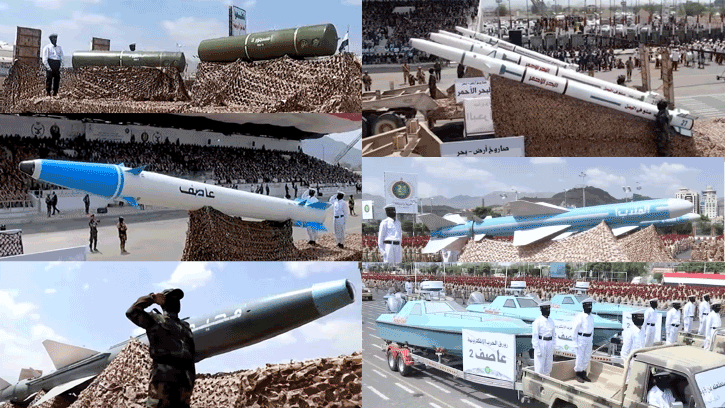
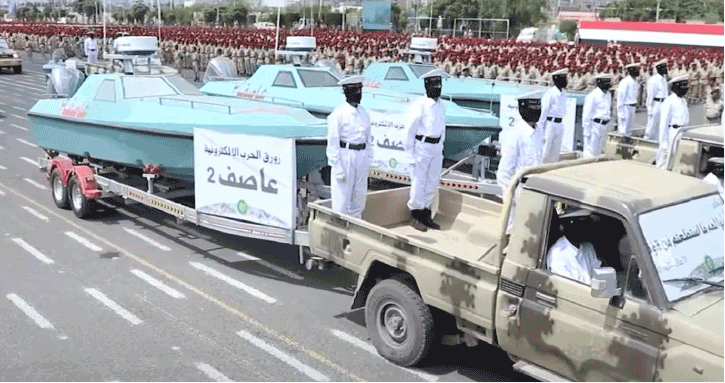

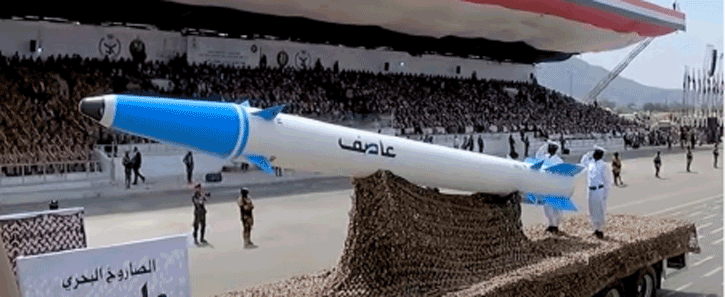
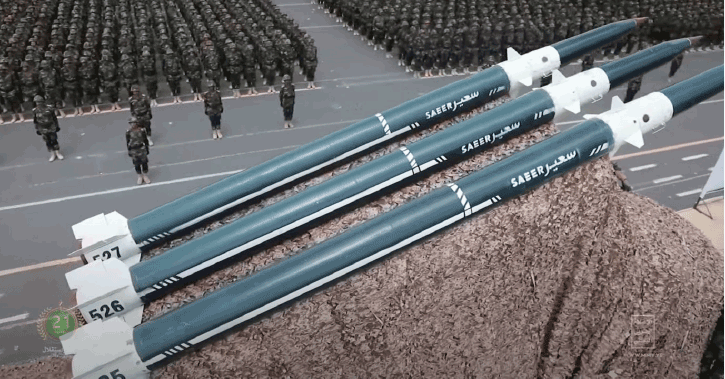
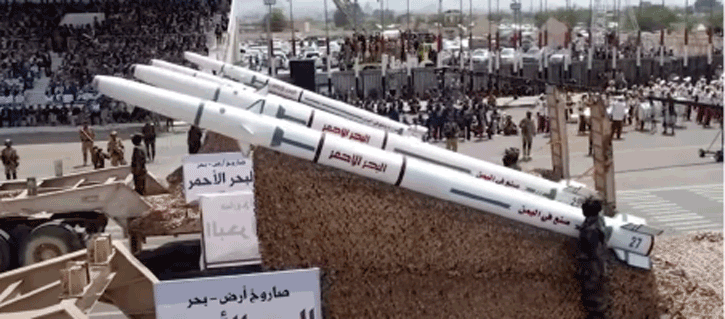
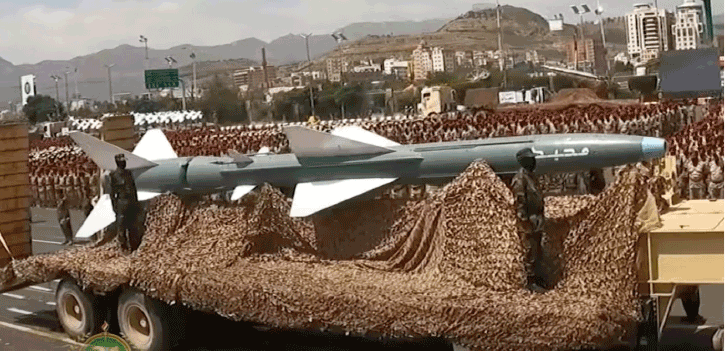



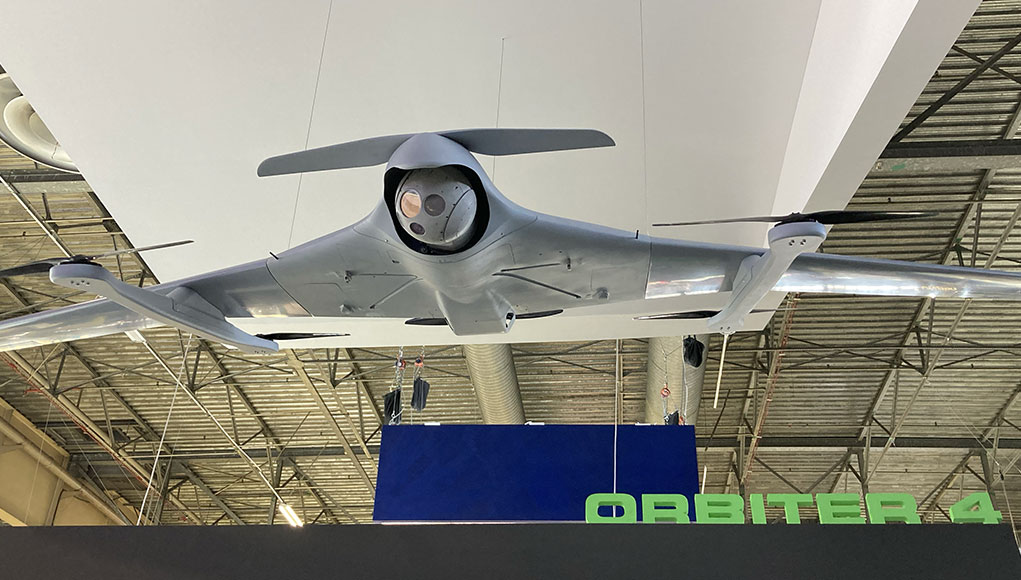
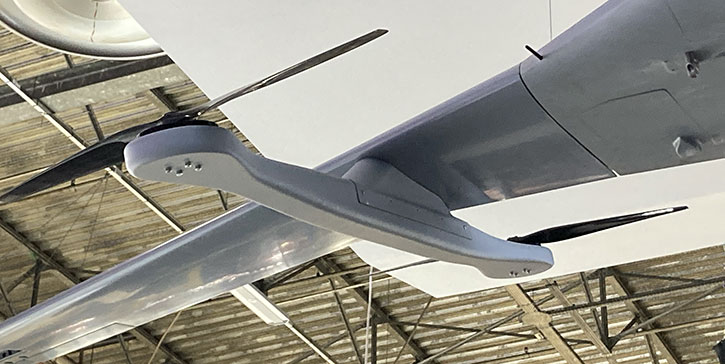 Nitzoz will provide the aerial layer of Israel’s Defense Forces (IDF) ‘Storm Clouds’ program. This ambitious “system of systems” is part of the comprehensive automation of wide-area surveillance, target acquisition, and automated intelligence processing, empowering small forces.
Nitzoz will provide the aerial layer of Israel’s Defense Forces (IDF) ‘Storm Clouds’ program. This ambitious “system of systems” is part of the comprehensive automation of wide-area surveillance, target acquisition, and automated intelligence processing, empowering small forces.